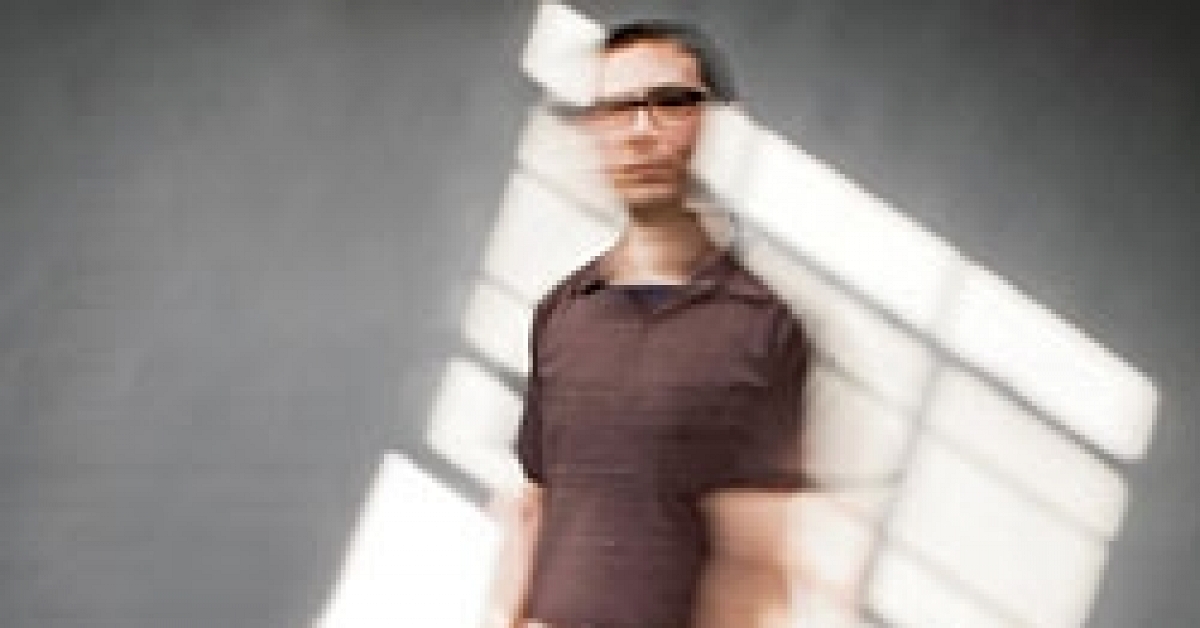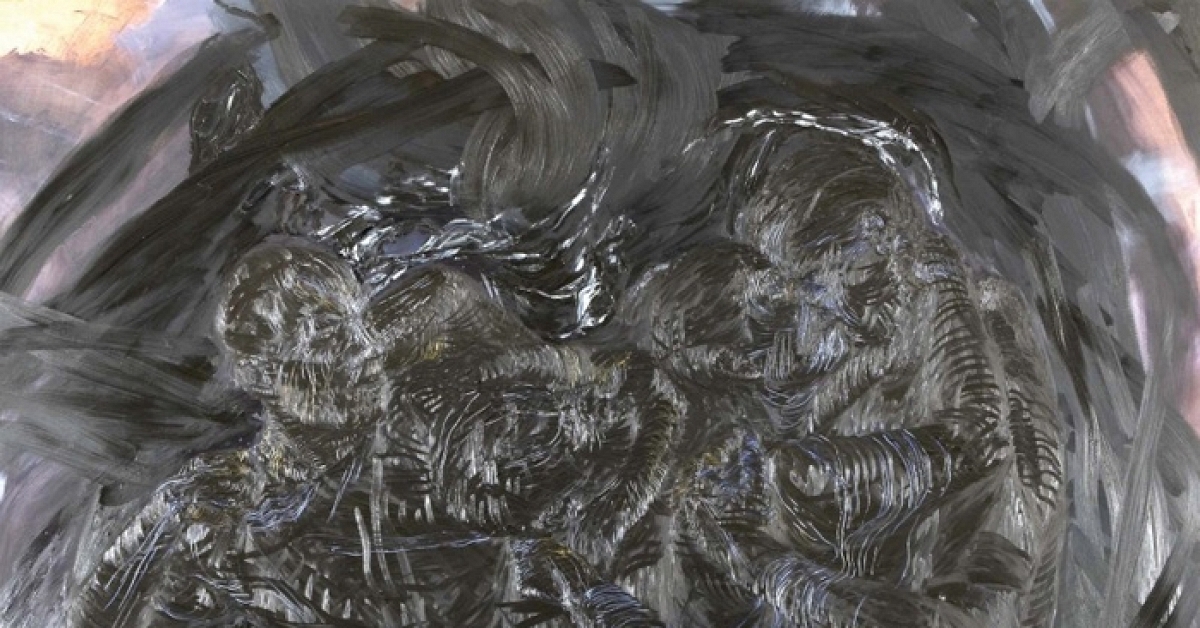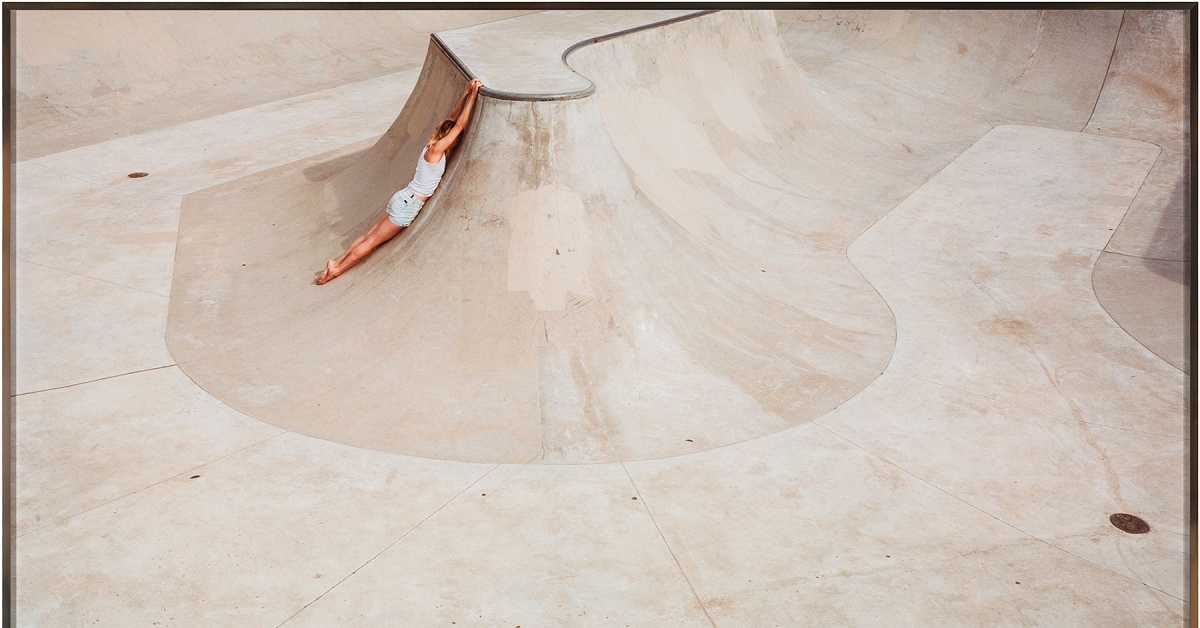Double Back l Matthew Metzger
Arratia Beer / Apr 29, 2011 / Go to Original
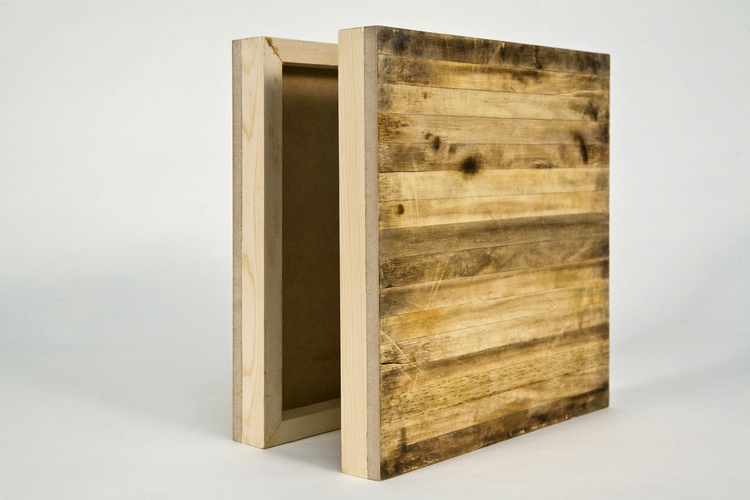
Double Back is an exhibition of paintings concerned with the intimate relationships between Abstraction, negation, and seeing (understanding). As the act of looking (searching) is often a necessary step towards seeing, this exhibition capitalizes on certain inherent qualities of painting, such as illusion, displacement, and obfuscation, in order to amplify the surreptitious qualities within the act of looking. An act that at its root remains political in nature and oftentimes repressed in culture. Situated within the rigid frame of Formalist Abstraction, a discourse sprawling with visual theory, Double Back highlights the decisive moment when viewership must reject citizenship and tread a solo path of engagement, where one must look alone and see individually, as a means to produce forms of meaning that are wholly personal. Steeped in an arduous vacillation between sides, both literal and philosophical, the works here propagate an atmosphere of anti-neutrality.
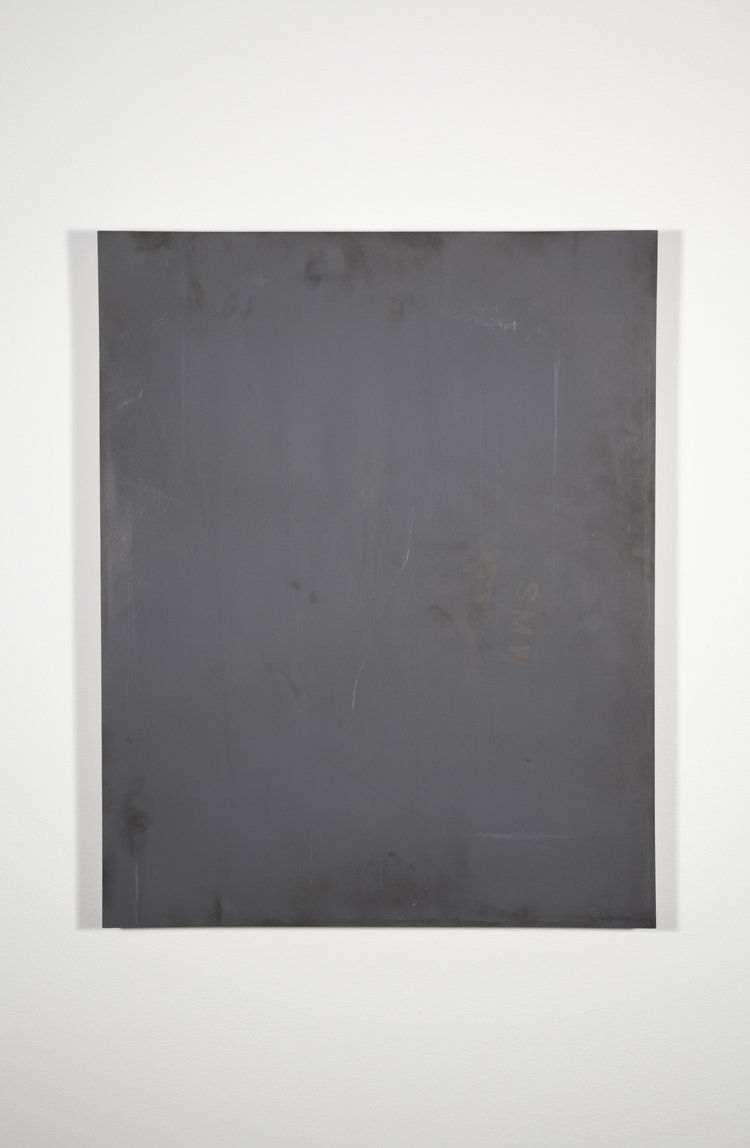
For instance Impasse: Cutting Board, composed of two paintings that each replicate one usable side of a wooden cutting board, hang on opposite sides of a room facing one another. Upon entering the space the viewer is left to decide which is worth observing, while never being capable of seeing both paintings in the same field of vision. Another painting, Back, depicts the reverse side of a bathroom mirror. Whereas a mirror is generally seen as a device for transient and subjective forms of reflectivity, Back looks at possibilities within the alternative. The grey, monochromatic painting renders an archive of fingerprints, scratches, and blemishes on its surface, displaying the mirror’s age and its many encounters with other users. Reflectivity becomes embedded in the historical and social instead, speaking to the relative connections we have to objects and others. At once, paintings that render with nearly forensic precision the surfaces of objects that are predominantly domestic in nature, yet at times retain a provisionally industrial aesthetic, braid together aspects of Abstraction, intimacy, and opposition.
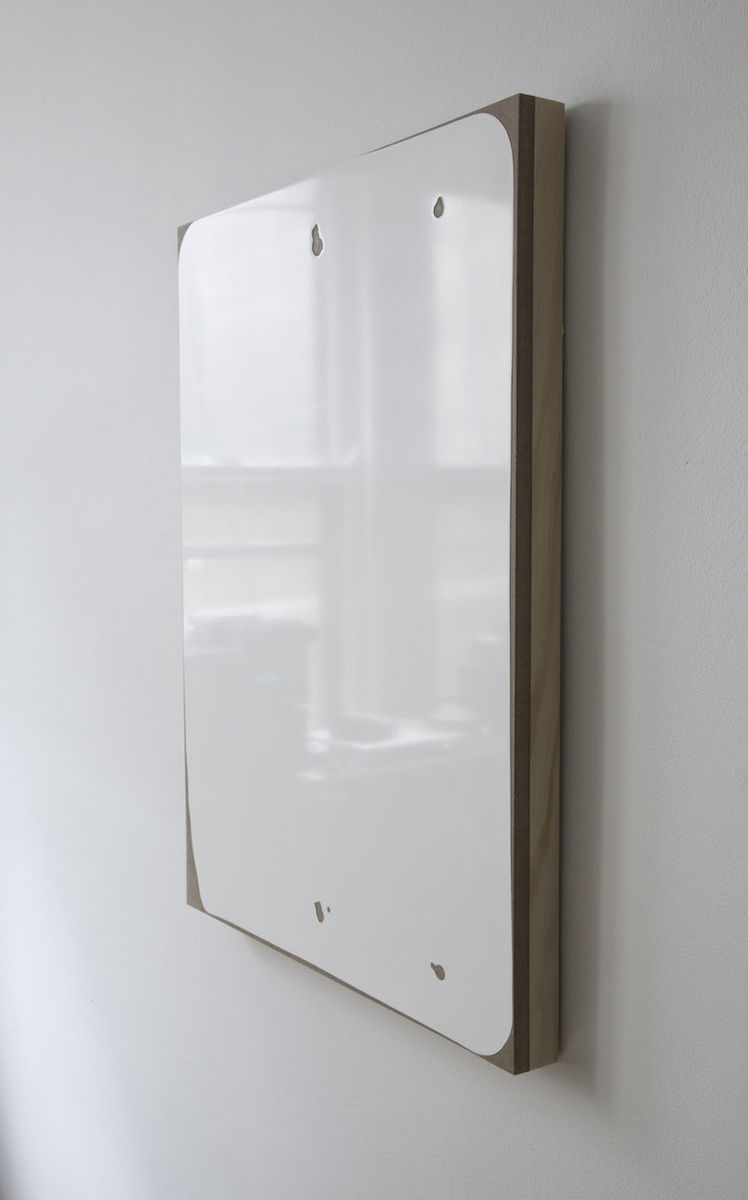
Matthew Metzger uses painting as a conceptual device to inscribe a sense of critical self-reflection within the viewer on the subjects of history, perception, and language. All of which fold into an intimate and willful dismantling of empirical knowledge within the viewer. In order for this dismantling to occur, the materiality of the art object must remain in question, slowly oscillating both formally and conceptually between Representation and Abstraction. For this reason, Metzger begins his practice with a strategy of juxtaposing the Greenbergian Formalism of Modernist Abstraction and the discourse therein, with the phenomenological effects of illusory representation, by concentrating on the depiction of surfaces rather than space. In particular the surfaces of what appear to be banal, discarded, familiar objects who’s initial ‘use-value’ has been culturally retired. These objects are selected according to their ability to complicate their own history of production, while simultaneously fitting, with uncanny ease, into the hermetic history of painterly Abstraction.
Matthew Metzger (b. 1978, Chicago, USA), lives and works in Chicago. He attended the University of Chicago and the Skowhegan School of Painting and Sculpture Residency Program. His most recent exhibitions include Three Specific Works at Tony Wight Gallery, Chicago and Nocturne, a UBS 12 x12 New Artists/New Work show at the Museum of Contemporary Art Chicago.


